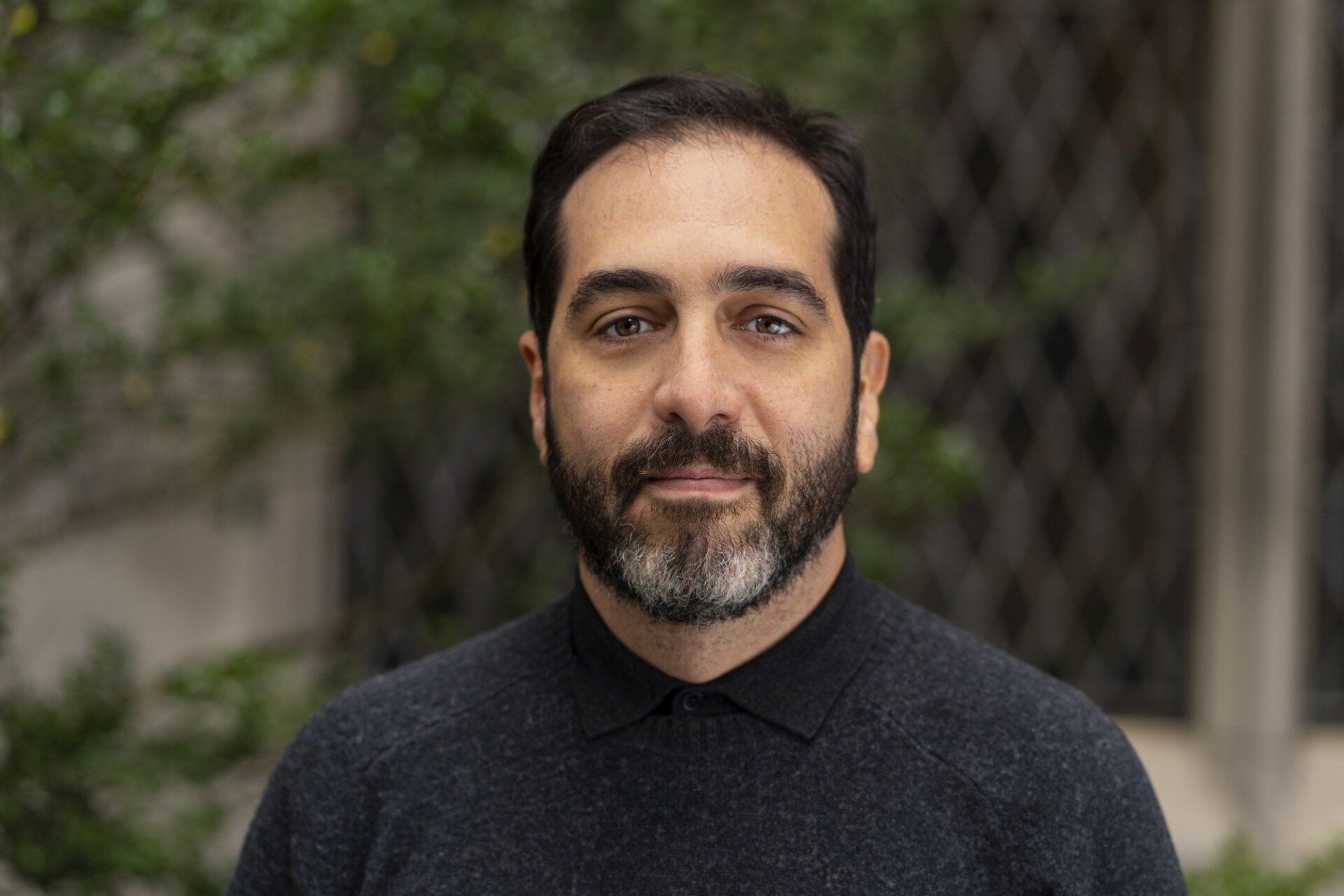On the western edge of the Jordanian plateau, Mount Nebo rises like a natural balcony over the Jordan Valley. On clear days, its summit reveals the Dead Sea, Jericho, and even the distant hills across the Jordan River. According to the Hebrew Bible (Deuteronomy 34), it was here that Moses stood to view the Holy Land before his death.
For centuries, local tradition kept this memory alive, though the mountain's exact identity remained elusive – until the 1930s, when a Franciscan friar named Sylvester Saller began to unearth what had long been buried: a layered history beneath centuries of silence.
A Tradition Without Coordinates
The memory of Moses at Mount Nebo persisted in early accounts. In the 4th century CE, the Iberian traveler Egeria described a church on a summit, along with a structure “shaped like a tomb,” where monks said Moses had gazed across the land. But over time, the sanctuary was abandoned, and the site faded from view.
In the early 20th century, the Custody of the Holy Land, under Franciscan stewardship, sought to preserve and study biblical landmarks. In 1932, they acquired Ras Siyagha – the site long associated with Mount Nebo – now part of modern Jordan.
This acquisition was made possible through the mediation of Friar Girolamo Mihaic and the support of Emir Abdullah of Transjordan, a leader with both cultural sensitivity and political foresight. The agreement with local Bedouin families was not only archaeological but also diplomatic – an effort to reclaim a place of memory amid growing global interest in the region’s past.

A Friar with a Trowel
For the Custody, selecting the right person to lead the excavation was essential. Sylvester Saller, born in Michigan in 1895 and trained in Rome and Jerusalem, was not only a scholar but a field archaeologist with a contemplative approach. Arriving in the region in 1932, he began the first of three excavation campaigns on Mount Nebo the following year.
His work was meticulous. He photographed each phase, drafted detailed site plans, and catalogued ceramics, inscriptions, and floor pavements. Excavation, for Saller, was a form of service – toward scholarship, the scientific community, and the memory preserved in place.
A Basilica Among the Stones
Beneath layers of soil, Saller uncovered the remains of a 4th-century Christian basilica with a triconch plan – three semicircular apses suggesting a space of symbolic liturgy. He revealed adjoining chapels, perimeter walls, and fragments of a monastic complex. Some floors were modestly adorned, while others displayed rich mosaics with vegetal, animal, and geometric motifs.
.jpg?width=1024&height=683&name=MtNebo_HG2017(8of20).jpg)
The excavated basilica today ©VisitJordan
At the center, in the main apse, stood an unusual empty chamber without any clear practical function. Cross-referencing Egeria’s account, Saller concluded this was likely the symbolic memorial of Moses – not a tomb, as Deuteronomy specifies none exists – but a built remembrance shaped by centuries of tradition.
A Legacy Still Resonating
In 1941, amid global conflict, Saller published The Memorial of Moses on Mount Nebo, a detailed volume with architectural plans, photographs, and archaeological analysis. The work not only pinpointed a location long anchored in memory but also opened a new chapter for archaeological research in Transjordan.
His successors – Franciscans such as Virgilio Corbo and Michele Piccirillo – continued the excavation, expanding on Saller’s discoveries. Thanks to their collective efforts, Mount Nebo returned to historical consciousness – not just as a site of legend but as a documented place of worship and pilgrimage.
Today, visitors walk the summit not only to view the horizon that Moses is said to have seen but also to tread the paths rediscovered through Saller’s patient excavation. Beneath their feet lies a once-forgotten past – and in the desert wind, perhaps the whisper of history restored.




